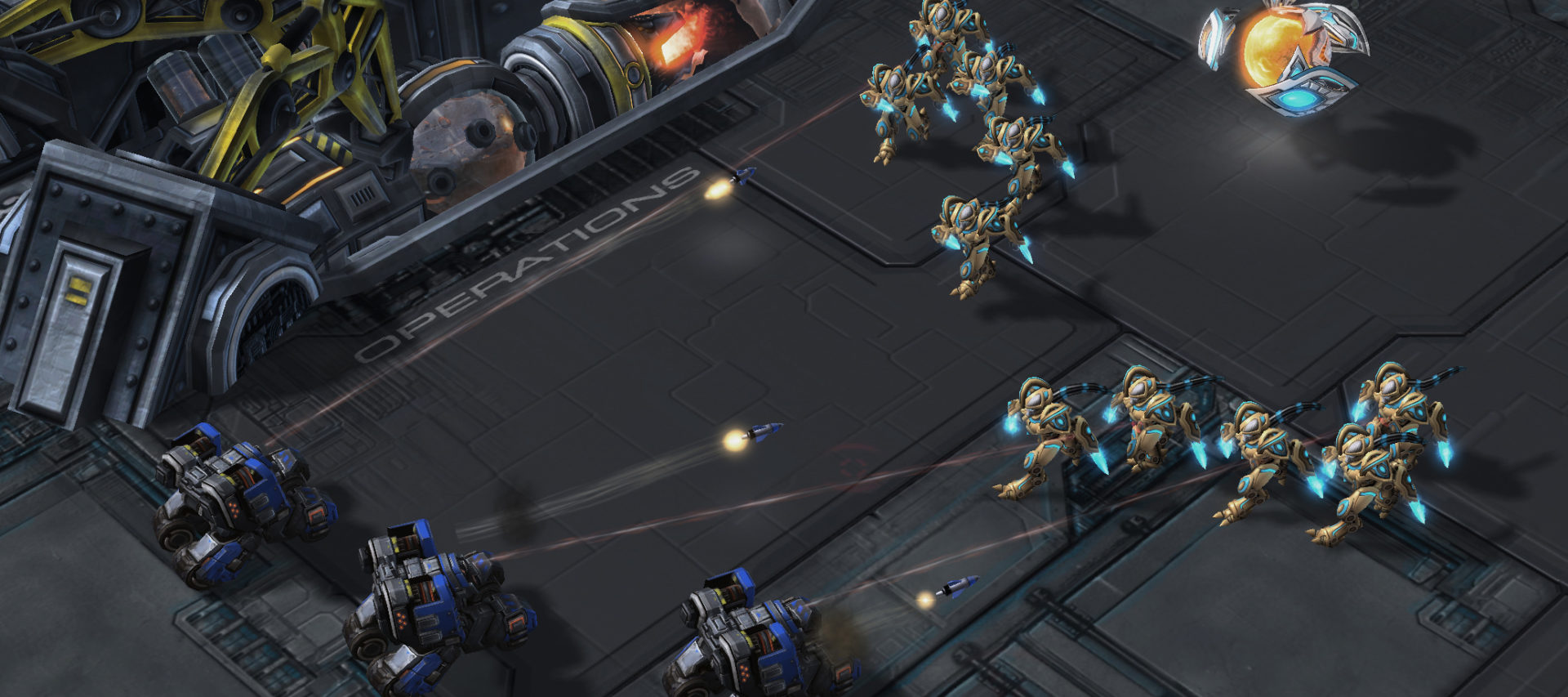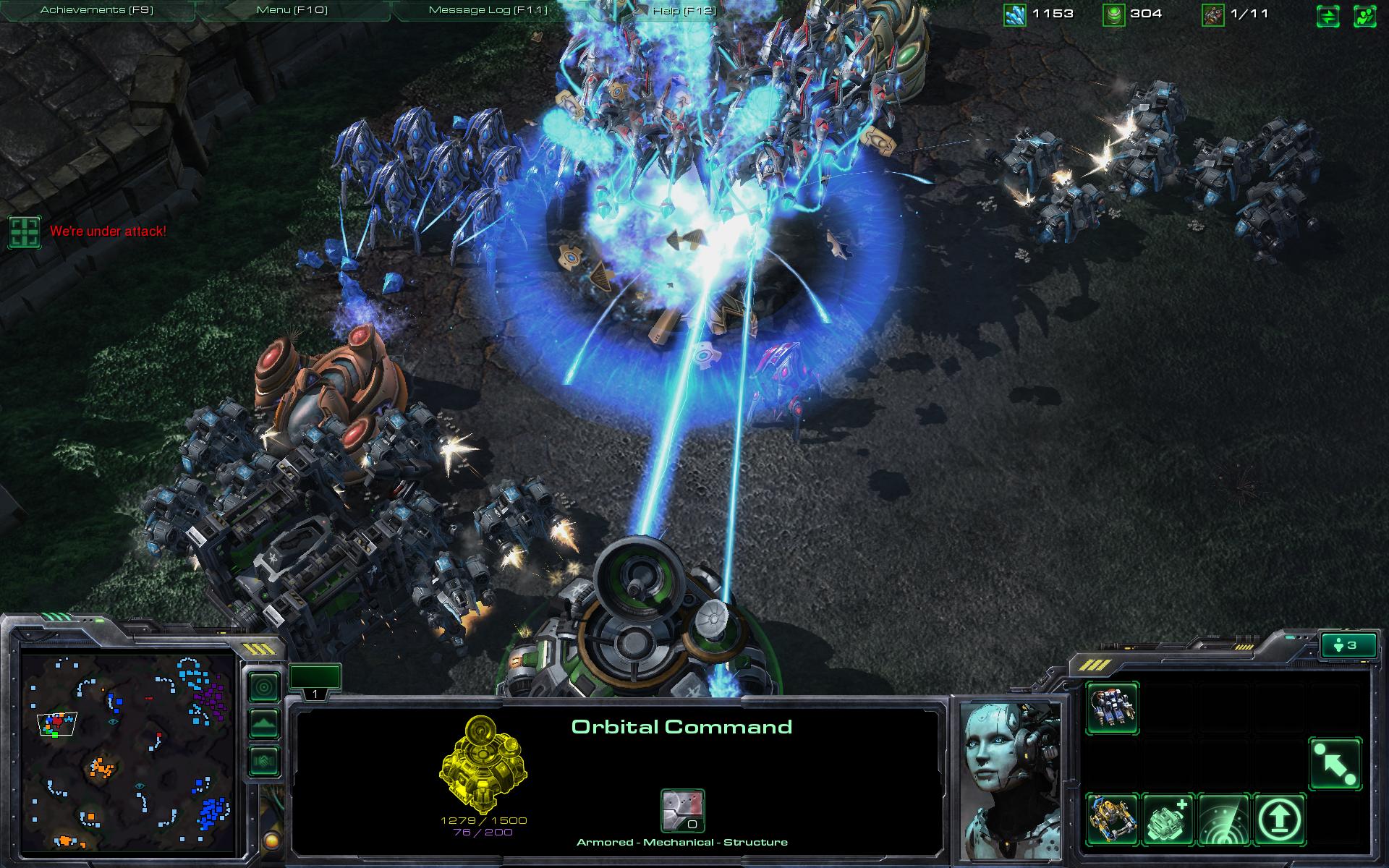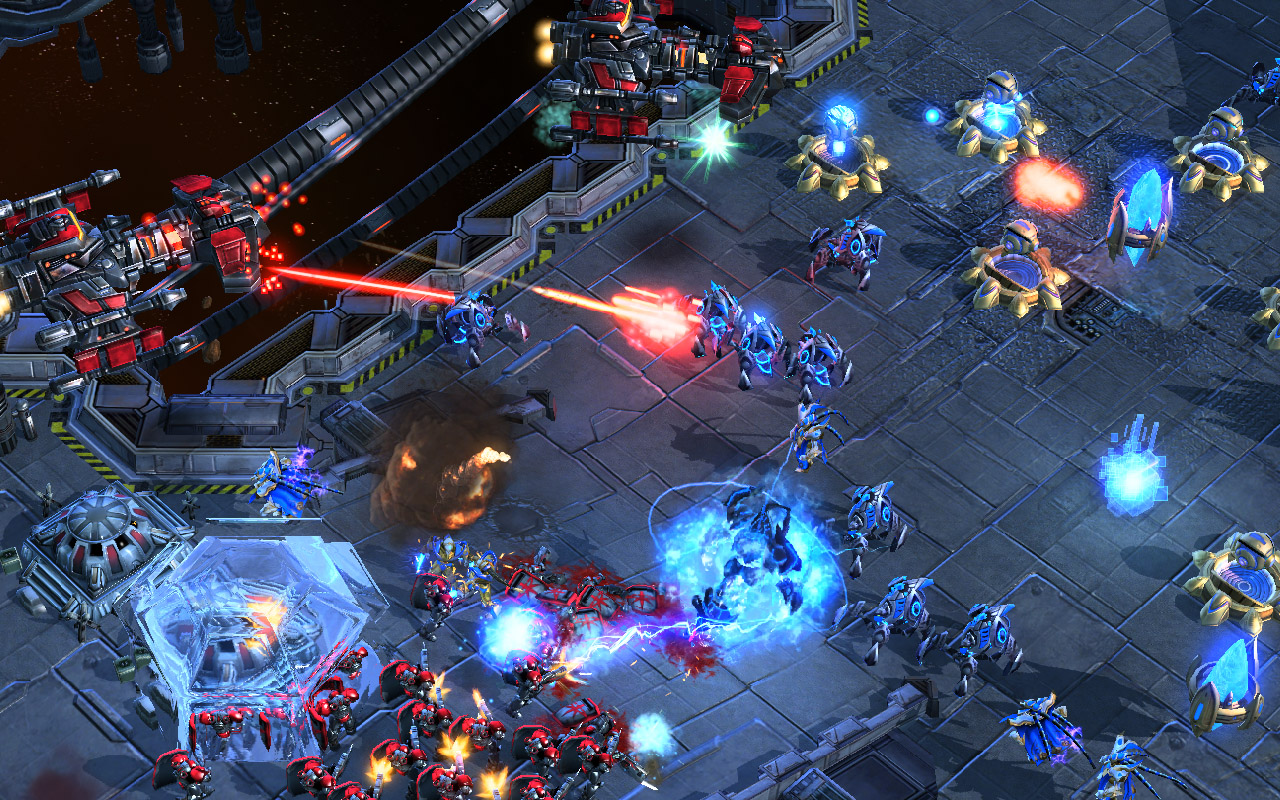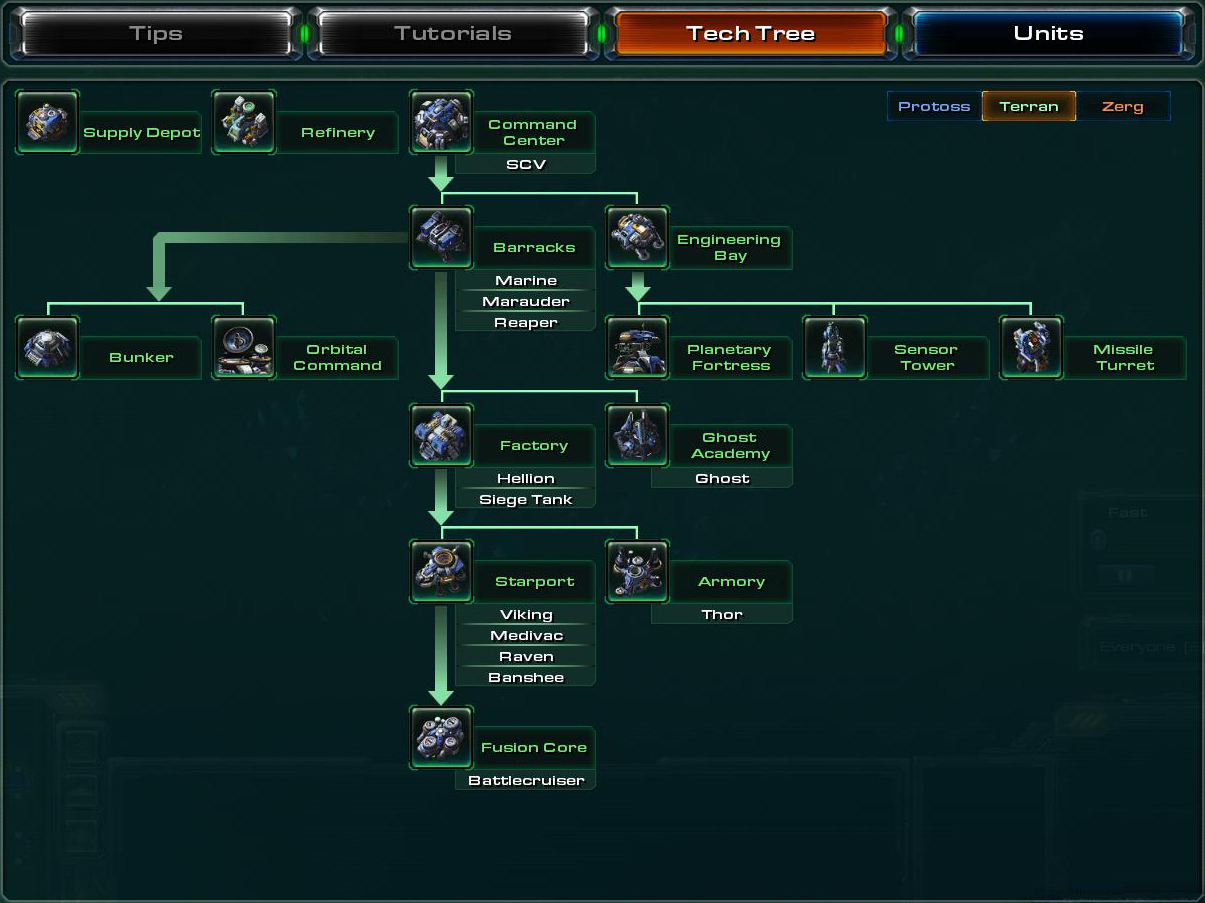

Hit that bullseye and the dominos will fall like a house of cards. Checkmate.
Strategy is metaphor. Sometimes it is architectural: Iran and Saudi Arabia were President Nixon’s “twin pillars” of stability in the Middle East, while that region was one of three pillars of British imperial strategy after World War II. Sometimes it is biological: the spider web of terrorism, the lily pads of counterterrorism. Sometimes it is physical: the Syrian civil war is a vortex that sucks, in more ways than one. And, of course, don’t forget Winston Churchill’s routinely mis-quoted description of the snout and belly of the European crocodile.
Perhaps most frequently, strategic metaphors relate to games. Strategists imagine themselves playing 3D chess and accuse their political opponents of playing checkers. Military operations in Southeast Asia, the Balkans, and the Middle East were all justified on the basis of domino theory, while the Soviet empire collapsed like a house of cards.
However weighty the subject, it’s important not to take these things too seriously. The time to have fun brainstorming through wargaming is when we’re not at war. Washington’s casual invocation of the rules-based international order has become so constant a refrain that it borders on the meaningless. Note the allusion, intentional or not, to gameplay. In this light-hearted vein, let’s discard conventional games as the relics of the past that they are. If we really want to equip ourselves for competition with other great powers (an imperfect framework to understand twenty-first-century geopolitics but probably the least imperfect of all the contenders), then the type of game to play is “real-time strategy,” and the name of the game is StarCraft.
Please, no references to the Great Game. We’ve already beaten that one to death.
Don’t get yourself into something you can’t get out of.
Millennials grew up playing computer games designed by Gen Xers and Boomers. This is just a brute fact. Among a certain subset, real-time strategy games (Command & Conquer, Age of Empires, Dune 2) were the pinnacle. These required more thought — arguably more malice aforethought — than the first-person shooters (Doom, Wolfenstein, Quake, GoldenEye) that garnered periodic bursts of outrage from concerned parents. They were also more thrilling, at least in the moment, than turn-based strategy games like Civilization. Think SimCity and add tanks.
Then there was StarCraft. Developed by Blizzard Entertainment and released in 1998, this real-time strategy game went global. It spawned a series of follow-on expansions and a sequel, StarCraft II, released in three installments from 2010 to 2015. All told, the franchise sold millions of copies, saw tens of millions of downloads, and generated an ecosystem of novels, artwork, e-sports leagues, tournaments, and cash prizes that persists to this day. It is played exclusively on the personal computer and is not available for consoles.
In the StarCraft universe, the distant Koprulu sector of the Milky Way teems with life and strife. Three civilizations — called Terran, Protoss, and Zerg — compete for galactic domination, if not mere survival. Each civilization has its strengths and weaknesses, its preferred strategies and tactics, and its own unique blend of technology and society. The Terrans, with their Marines and Battlecruisers, are most familiar to us, for we are their ancestors. The Protoss are telepaths imbued with an energetic essence, and are best understood as high-tech elves. The Zerg are sophisticated swarms of hive-minded bugs. All creatures, great and small.
Imagine chess, but with convoluted backstories for each black and white piece, and each civilization using a different set of pieces. A player can pick any of these three civilizations to enter the game, the same way you might pick a football team in Madden. Solo gamers captivated by the narrative arc can play campaign missions on their own, complete with cinematic flourishes, but the buzz has always centered on stand-alone head-to-head matches between two human players. A typical game might last ten to fifteen minutes and see each player take hundreds of actions per minute. At the professional level, the highest-ranked players cluster in South Korea, where the StarCraft scene is uniquely intense, but over the years world champions also emerged in Finland and Italy. Other top players hail from France, Mexico, Canada, Germany, Poland, the United States, and other varied countries.
I hear an ancient voice, whispering from the Void, and it chills my lightless heart.
Every one-on-one match begins the same way. You “spawn” with a bird’s-eye view of what is essentially an artistic rendering of a grid. You start with a headquarters and a set of workers in one corner of the map, while your opponent has spawned in another. Most of the map is shrouded in the fog of war, limiting your vision of what your opponent might be up to. You can lift this fog by dispatching your units or building structures around the map to increase your vision.
Workers get busy immediately, ferrying crystalline minerals from the ground to your headquarters. Minerals are money. You use them to build workers and structures. Only certain structures build certain units, including combat units. As you accumulate minerals, you can build additional bases at other mineral patches around the map and train more workers to harvest those minerals. You can also build refineries atop gas vents that are generally found near mineral patches, as gas resources are necessary to build more advanced structures and units.
As the seconds tick by, you find yourself playing two games in one. At the “macro” level, you are managing economic production: making sure you have the right number of workers and bases to generate enough resources to build the structures you need to build the kind of military you want. “Strategy wears a dollar sign,” real-life military strategist Bernard Brodie once wrote. Each StarCraft civilization has selections of air and ground units, technology upgrades, and production facilities, any combination of which requires minerals and gas. In addition, each player is capped at 200 total units on the map at any one time, and must have enough logistical supplies to support those units, which entails a balancing act between workers and combat units. You are also racing against whatever macro strategy your opponent has adopted. Remember that your opponent can attack at any time.

Battles occur whenever opposing combat units are moved into range of each other or of enemy structures. Combat units kill combat units (and workers) and destroy buildings. Quantity often wins out, but not always. In many cases, it will come down to the “micro” level of gameplay. No matter the unit, it can be controlled with varying degrees of skill. Some units with special abilities are particularly time-intensive to control, but can also inflict disproportionate damage to turn the tide at critical moments.
Many games end within five minutes when one player decides to “rush” the enemy. This is essentially a gamble that the enemy is prioritizing the macro game over fielding a battle-ready army. Other games will stretch out for thirty minutes as every available mineral patch is harvested and enormous conglomerates of heavily upgraded combat units are mobilized in battle across the map. You win by destroying all of your opponent’s buildings, but experienced players usually call it quits well before then. Surrendering in a kind of gamer’s plea bargain is considered honorable if you’ve spent all your money and your base is overrun.
Nature cheats, changes the rules, and slips out the back door with your wallet while you’re still trying to figure out what the hell happened.
Superficial parallels between StarCraft and real-life strategy leap off the page — and the screen. They bear little elaboration: the linkage between economics and military strength, the vulnerability of supply chains, the advantages of high-tech over primitive weaponry, the resilience of network-centric capabilities and their vulnerability to single-point failure, the tide-turning effects of force multipliers, the perennial tradeoff between speed and power, and the importance of intelligence collection and analysis to divine an opponent’s strategic intent. Run-of-the-mill stuff.
Not all the parallels are superficial, however. Consider the fact of StarCraft’s three distinct civilizations, each with its own unique attributes. The Terran are highly mobile, the Zerg are fast and numerous, and the Protoss are energy-based psionic beings. These characteristics yield a multiplicity of economic strategies and potential unit compositions, some favoring one civilization more than another. In political science, such categorizations might emerge in studies of “strategic culture,” a field that attempts to discover how states “tend to behave” according to their social conditions. Countries exhibit continuity across elections, parties, and generations. Americans and Europeans, for example, have developed strategic cultures over the decades that avoid casualties, favor multilateralism, and emphasize “winning the peace” as much as dominating the battlefield. Chinese leaders are “haunted by chaos,” as historian Sulmaan Wasif Khan notes, while Russia cares far less about the rules of war and is more willing than most other states to roll the dice. Israel views national security in existential terms. And so on.

In the world of competitive StarCraft, a kind of strategic culture has developed over years. Termed the “meta,” it refers to the styles of gameplay preferred by a preponderance of players at any particular point in time. Strategies rise and fall, become alternately fashionable or old school, in response to the churn and carnage of gameplay. Zerg players, for instance, have learned to use their swarm abilities for defensive purposes, while Protoss players have adopted photon cannons offensively and Terran players now typically shy away from bulky Battlecruisers.
Players that develop an innovative strategy can break the meta, effectively overturning the rules-based order. In the parlance of strategic studies, this may amount to something akin to a “revolution in military affairs” (such as the shift to network-centric warfare familiar to us today). More often than not, however, they will be shown that their contrarian approach is contrarian for a reason: it doesn’t work. The fact that StarCraft is based on balancing completely asymmetric forces across the three civilizations (wherein Zerg cannot build Marines, Protoss cannot build Roaches, and Terran cannot build Void Rays, but each is capable of winning against either of the other two), rather than the mirror-image symmetry we see in chess (wherein each player starts with the same pieces), all but guarantees that the meta will constantly evolve.
It’s important not to take the parallels — superficial or deep — too seriously. StarCraft remains, in the end, a game. But the balanced asymmetry of StarCraft is a more fruitful metaphor than it may first appear. It better characterizes the competition between China and the United States, for example, than the more commonly invoked kind of asymmetry in which the underdog overcomes the strong, as exemplified by David and Goliath, Lawrence of Arabia, or the Ewoks of Endor. In fact, notwithstanding the romanticism associated with the guerrilla, insurgencies typically fail. When asymmetry is balanced, though, both sides are strong in their own ways.
It is said that ignorance is bliss. Tell me, is that true?
So much for the mechanics and life lessons of gameplay. The truest reason why StarCraft is the game of the century is because it offers a conceptual frame that far exceeds in utility any number of strategic concepts peddled by defense theorists today: the tech tree.
The tech tree refers to the sequence of facilities and upgrades that are required in order to build something else. The tech tree’s branching structure is the sine qua non of an advanced military in StarCraft. The details are really unimportant, but for the sake of thoroughness, let’s consider a game-world illustration. If you want to build a fleet of Terran Battlecruisers, then you need a whole weeping willow of a tech tree: you need a Fusion Core, which can’t be built without the Starport, which can’t be built without the Factory, which can’t be built without the Barracks, which in turn can’t be built unless you have made at least one Supply Depot. Battlecruisers are built at the Starport, but only after it has been fitted with a Tech Lab. To make those Battlecruisers truly unstoppable they will also need a whole suite of upgrades: a specialized cannon that must be researched at the Fusion Core, as well as a series of six upgrades to its armor and weapons at the Armory. All of this, naturally, takes time, minerals, and gas.

Inherent to the concept of a tech tree is choice and scarcity. While you could decide to try to build every kind of unit, exploring each potential branch to its technological end point, your army wouldn’t be particularly effective at anything. It would also be difficult to control in a game where actions-per-minute are measured in the hundreds. On the other hand, “massing” (in game parlance) one or two particular unit types, and giving them maximum upgrades, holds risks of its own, since each type of unit, even the most powerful, has one or more “counters” that defeat it. In a kind of rock-paper-scissors logic, Zerg air attack units can easily counter Battlecruisers, while Protoss units generally counter Terran mechanized forces, though in either case the right composition of supporting Terran combat soldiers can counter these counters. Professional players will not only hone particular “build orders” — that is, the specific sequences in which they will construct certain structures and produce certain units — but will narrow them down to the precise second. Some build orders are extremely risky. An opponent who has figured out what your plan is can attack before you are ready, or foil your own early rush with a well-prepared defense. No build order is perfect. None is the best, none will always win.
One can hedge against a competitor. If you don’t know what your opponent is doing, then you can build out parts of the tech tree without necessarily investing in the entire supply chain. In the case of Battlecruisers, you might build the Fusion Core — because it can be used for other things, too, like upgrading the range on your Liberator aircraft! — but hold off on the actual ship construction until you have better insight. In 2008, defense strategist Barry Watts framed the concept well, writing:
Robotics, lasers, and biotechnologies for human physical and cognitive enhancements are all areas in which capabilities sufficiently disruptive to undermine current weaponry and ways of fighting could emerge. The challenge for the United States is to invest enough to avoid being surprised.
Hedging has also been proposed in the context of space technology, where alternatives to existing GPS capabilities could be researched and deployed for futures where satellites have been compromised.
A close cousin of the hedge, perhaps its flip side, is path dependence. In economics, the related fallacy of sunk costs refers to our tendency to continue making bad bets on the basis of having lost so much already. Viewers of Gordon Ramsay’s Kitchen Nightmares are routinely exposed to the concept as desperate restauranteurs pour their heart, soul, and life savings into rat-infested culinary enterprises. Things can be similarly dire in the Koprulu sector of the Milky Way. If your build order and macro strategy are designed to produce smaller numbers of higher-tech, more-powerful units, you have made your path and must walk down it, even if your opponent has opted to swarm your base with cheap units that literally cannot be killed fast enough. By the time you realize that your composition is simply not going to work, you’ve invested far too much time and resources into the necessary structures and technologies to change course. It’s too late.
As in game, so in life. There is a reasonable argument that the United States is simply so prosperous and so enormous that multiple tech trees may be pursued, or at least as many branches as imaginable. Hedging isn’t necessary, the argument might run, because we are rich enough to afford building superfluous supply chains. This presumes that resources and attention are infinite, however, and runs the risk of doing everything poorly and nothing effectively. It is also possible this argument held true in the past — in the immediate aftermath of World War II or the Cold War, for example — but applies no longer.
In any case, the tech tree reigns supreme, whether we hedge, get stuck, or try to do everything. This topology bounds the space of options. You cannot build ships without shipyards or make steel without steel mills. Quantum computing requires classical computing; satellites need rockets; petroleum makes plastic possible. Consider all the branches of the electric vehicle tree: a functional automotive industry, the advanced materials required for light-weight vehicles, the extractive mining and processing of minerals necessary for batteries. For the computers required to design and assemble electric vehicles, we need copper mines for electrical wiring, open pit mines for silica, silicon refining for transistors, glass and plastic for fiber optic cables, racks of servers to support the cloud, and air conditioners to keep the machines cool enough to run fast enough. These branches need to be in place before we go out on a limb.
Grand strategists could do far worse than putting away the three-dimensional chess sets and meditating on the childlike innocence of the tech tree. It is the strategic metaphor for the Everyman. It compels concrete decisions and prioritization, and forces us to take that elusive step of deciding what we actually want to build. The precautionary principle demands that we assume our competitors at least have a game plan.
As we established at the outset, it’s important not to take these things too seriously. “Fantasy is often little more than the past the way we would have liked it to be,” notes James Dunnigan, unofficial dean of the wargaming community. “Science Fiction is the future the way we want it to be.”
Exhausted by science and tech debates that go nowhere?